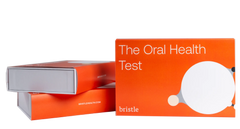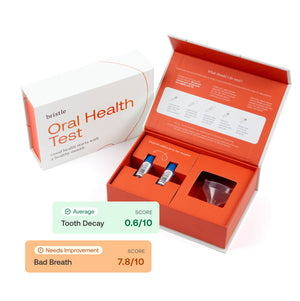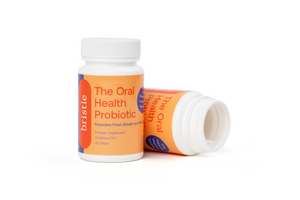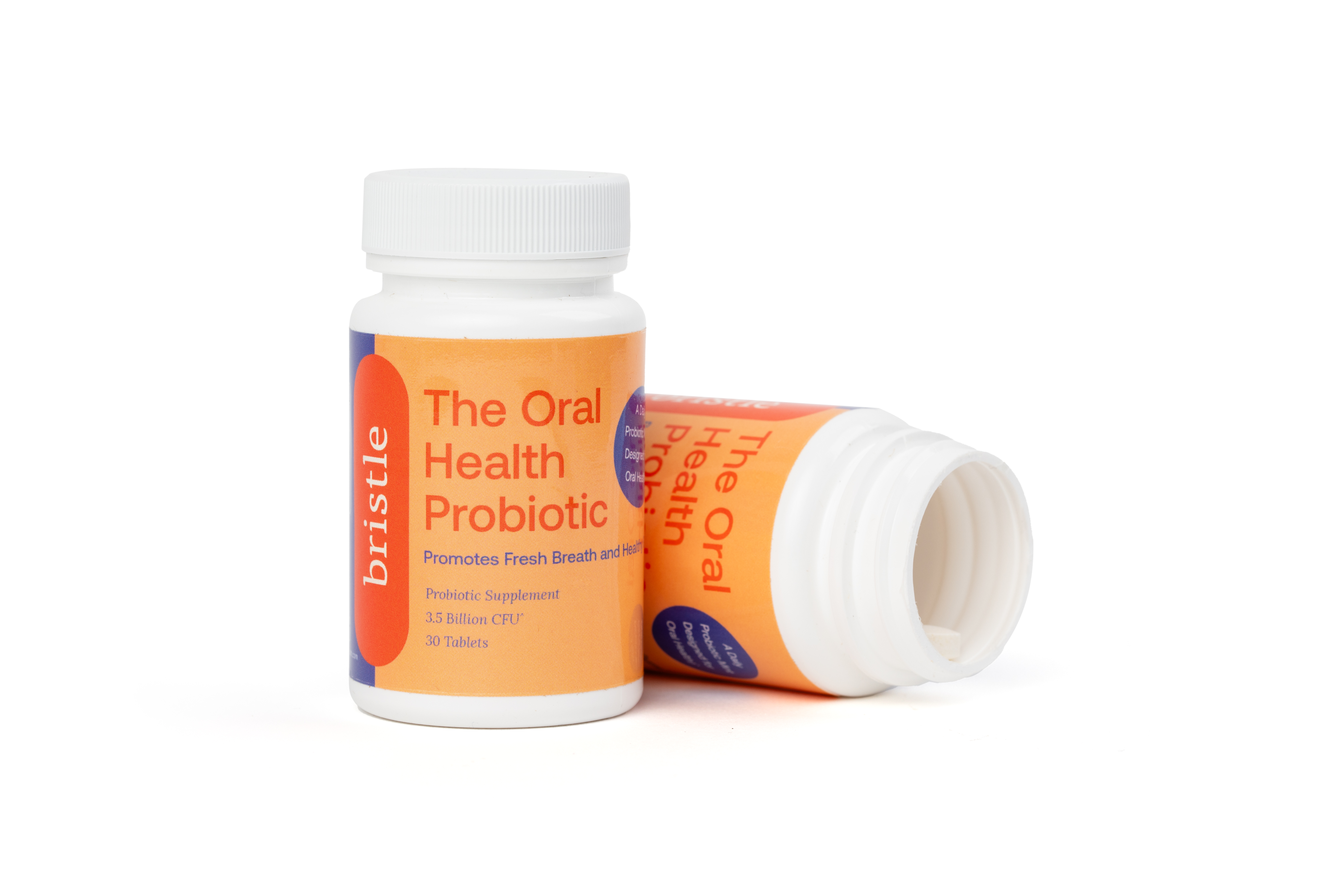As microbiome tests become more popular, it can be difficult to understand the differences from one testing method to another. We’ve heard a number of questions around different microbiome test kits, so we thought it might be helpful to put together a primer on the different methods they use, and what you can expect from each. It’s a bit long, so we’ve included a tl;dr (too long; didn't read) summary in each section.
Common Methods for Microbiome Profiling
qPCR
Quantitative Polymerase Chain Reaction, usually referred to as qPCR or RT-PCR, is a method to quantify the abundance of a target DNA or RNA snippet, in this case a snippet of the bacteria you are interested in. This video has a good explanation, but essentially you design “primers” to target your bacterial snippet of interest and use reagents to determine how much that snippet is present in the microbiome.
Pros: qPCR has historically been the gold standard for determining the quantity of a genetic material, as demonstrated with most Covid tests being based around it. It is cheap, fast, and relatively easy to set-up and run.
Cons: Since you have to design “primers” against your bacteria of interest, it first means you have to know exactly what you’re looking for, which means your scope is limited. Additionally, since you are only looking at a snippet of the bacteria, you may not detect mutations and strain differences in that bacteria (you’d need to see its entire genome to do so). Lastly, qPCR is best suited for low-throughput experiments, so typically you will only look at up to a dozen targets (species or genes) at a time.
tl;dr: If you want to know the quantity of a set of specific bacteria, qPCR is a great choice. Since microbiomes typically have hundreds or thousands of unique species, qPCR is not a good method for looking at the ENTIRE microbiome.
16s
16s takes a step up from qPCR and gives us the ability to fingerprint almost all bacteria in a microbiome. 16s uses primers like qPCR, but targets the 16s gene that is common across all bacteria. The 16s gene has been studied in great depth, and scientists have mapped which sequence differences belong to which bacterial genus (group). So we can look at all of the 16s genes in the microbiome to determine which genus is present and in what relative quantity (15% of bacteria X, 5% of bacteria Y). 16s sequencing is cheaper than whole genome sequencing, since you are only looking at one gene in each species, instead of all of its genes (its genome).
Pros: 16s offers the cheapest and easiest method for looking at the entire bacterial community in the microbiome. Most microbiome studies have been completed using 16s, so there is a good amount of data to compare your results to.
Cons: Similar to qPCR, since you are only looking at one gene of the bacteria you will usually only see the group of bacteria present, instead of the unique species. You also will not see each bacteria’s functional genes, which give us clues into what their role is in the microbiome (ex. do they help breakdown food, or contribute to disease?). Species of bacteria from the same genus can vary greatly in their functions and disease risk, so this can be limiting in health studies. 16s studies have also been found to miss bacteria present in lower abundance, which can also be biologically significant. Also since viruses and fungi don’t have a 16s gene, you are limited to only looking at bacteria.
tl;dr: 16s is the cheapest way to profile the bacterial make-up of a microbiome, but lacks the resolution to tell you which species are present, what their function is, and will likely miss low abundance bacteria and viruses/fungi.
Shotgun Metagenomic Sequencing
Whole genome metagenomic sequencing is often called Shotgun sequencing, because it takes a “shotgun approach” and looks at ALL the DNA present in a microbiome sample. This allows us to look at the entire genome of each microbe present, which lets us determine the species, functional genes, and quantity of each. With the functional genes we can start to understand how each bacteria fits into the microbiome community (ex: species X converts sugar into A, species Y converts A into B, etc.). Shotgun sequencing studies have historically been limited due to their cost, but recent drops in sequencing costs have enabled more studies, and will give us a better understanding into how to keep our microbiomes healthy. Additionally, since we are not selecting for just bacteria we can detect viruses and fungi present, though some RNA viruses would need to be converted into DNA to be picked up. One hurdle of shotgun sequencing studies is that they will almost always pick up host DNA (usually human), so processes are needed to try and remove the human DNA before sequencing (host depletion) or to filter it out during analysis, both of which add to the cost.
Pros: Shotgun sequencing gives you whole genome resolution of the species in the microbiome. It is better at detecting low abundance species than 16s and offers a glimpse into the functions of each species.
Cons: Shotgun sequencing studies have traditionally been much more expensive than 16s/qPCR studies (more lab work, sequencing, and data analysis needed); though they have come down in cost recently due to reduction in sequencing cost and improved host depletion methods.
tl;dr: Shotgun sequencing gives whole genome resolution of the microbiome, which tells you which species are present and an idea of what they may be doing, but requires more work and comes at a higher cost than 16s/qPCR.
Shotgun microbiome test examples: Bristle (oral microbiome).
Metatranscriptomic Sequencing (RNA-Sequencing)
Metatranscriptomic Sequencing, usually called Metatranscriptomics, goes one step further than shotgun sequencing by looking at the RNA in a microbiome sample instead of DNA. As a reminder, DNA is transcribed into RNA, which is then translated into proteins. If DNA is a cookbook, RNA is the ingredients, so by measuring the RNA we can see both the instructions for the gene and get an idea of how active that gene is (higher RNA count = more active gene). In many cases there will be genes and species present in a microbiome sample that are dead or dormant, but it is difficult to determine that from just looking at DNA. By looking at the RNA you can determine which bacteria are in the microbiome AND how active they are. Metatranscriptomics is a powerful tool for understanding microbiome activity and disease, but is still quite expensive, even compared to shotgun sequencing. Additionally the data analysis is still in its nascency, so making meaningful inferences from the data can be difficult.
Pros: Metatranscriptomics gives you information on the species in the microbiome as well as their functions and activity, which is a very powerful tool in discovery of microbiome health and disease research.
Cons: It is very expensive and can present difficulty in interpreting the large complex datasets.
tl;dr: Metatranscriptomics gives you the best view into the microbiome and its activity, but carries a high cost and generates large datasets that can be difficult to interpret.
We hope this was helpful! As always, let us know if you have any questions.






